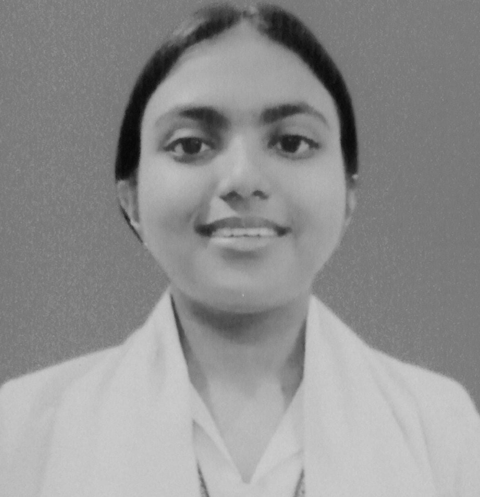By: Mariam Mairaj
The underreported issue of “paper genocide”—the alleged systematic undercounting of Christian and Scheduled Caste Hindu populations in Pakistan’s national census—has sparked concern among minority rights activists. At the forefront of this advocacy is Azam Mairaj, a noted writer, researcher, and advocate for minority rights, who has dedicated decades to documenting and addressing the plight of marginalized communities in Pakistan.
Mairaj, a prolific author of 22 books, focuses his work on two major areas: improving transparency and ethics in Pakistan’s real estate industry and leading the Thereek-Shanakth (Identity Movement), which seeks to empower minorities through integration and identity preservation.
In his analysis of census data spanning more than a century, Mairaj contends that the Christian population in Pakistan has been significantly undercounted, particularly in the 2017 census.
According to his research, the Christian population should have been approximately 5.6 million by 2017, based on previous growth trends. However, official figures recorded only 2.6 million—a discrepancy he describes as a “paper genocide.”
The term refers to the systematic underrepresentation of a group in official statistics, which Mairaj claims has left Christians and Scheduled Caste Hindus with reduced political, social, and economic visibility.
He points out that, historically, the Christian population in Pakistan, which primarily resides in Punjab, grew steadily from the late 19th century until the late 20th century. By the 1998 census, Christians numbered over 2 million. However, the 2017 census showed only a modest increase to 2.6 million over nearly two decades—a growth rate he argues is inconsistent with historical trends.
For comparison, Mairaj notes that the Hindu population—comprising both Scheduled Caste Hindus and upper-caste Hindus—has seen a disproportionately high increase in the same period, rising to 5.2 million in 2017. He suggests this anomaly may reflect political manipulation.
Census records show that in the first half of the 20th century, Christians were a rapidly growing community in Punjab: 1881: 12,992 1941: 395,311 After the creation of Pakistan, the Christian population continued to rise steadily: 1951: 432,700 1998: 2,092,902
However, by 2017, the increase slowed drastically, with Christians recorded at only 2.6 million. In contrast, Hindus, whose population was comparable to Christians in the mid-20th century, have surged ahead, with their current numbers exceeding 5 million.
Mairaj speculates that political motivations may be behind these discrepancies, suggesting that undercounting particular religious communities could become a reason to bring divisions among minority groups.
“This manipulation weakens the collective struggle of minorities, preventing Scheduled Caste Hindus, Christians, and upper-caste Hindus from uniting for their shared rights,” he explained.
Mairaj laments the limited response from minority leaders, accusing some of being more focused on donor-driven projects than addressing systemic issues.
“The tragedy is that while our political and social workers draft reports for embassies, they fail to guide their communities about the real challenges,” he said.
He has urged Christian leaders, NGOs, and political activists to address the census discrepancies, arguing that accurate data is crucial for ensuring fair representation and resources for minority communities.
Mairaj’s work, including his book Dharti Jaye Kyun Paraye (Neglected Christian Children of Indus), aims to raise awareness about the plight of Christians and other minorities in Pakistan. He emphasizes the need for data-driven advocacy, urging activists to base their efforts on factual statistics rather than assumptions.
His campaign has garnered attention internationally, though he insists that more needs to be done within Pakistan. “It’s not just about the numbers; it’s about survival and dignity,” he said.
For now, Mairaj continues to press for transparency in census reporting, hoping that his decades-long struggle will eventually lead to meaningful change for Pakistan’s marginalized communities.


